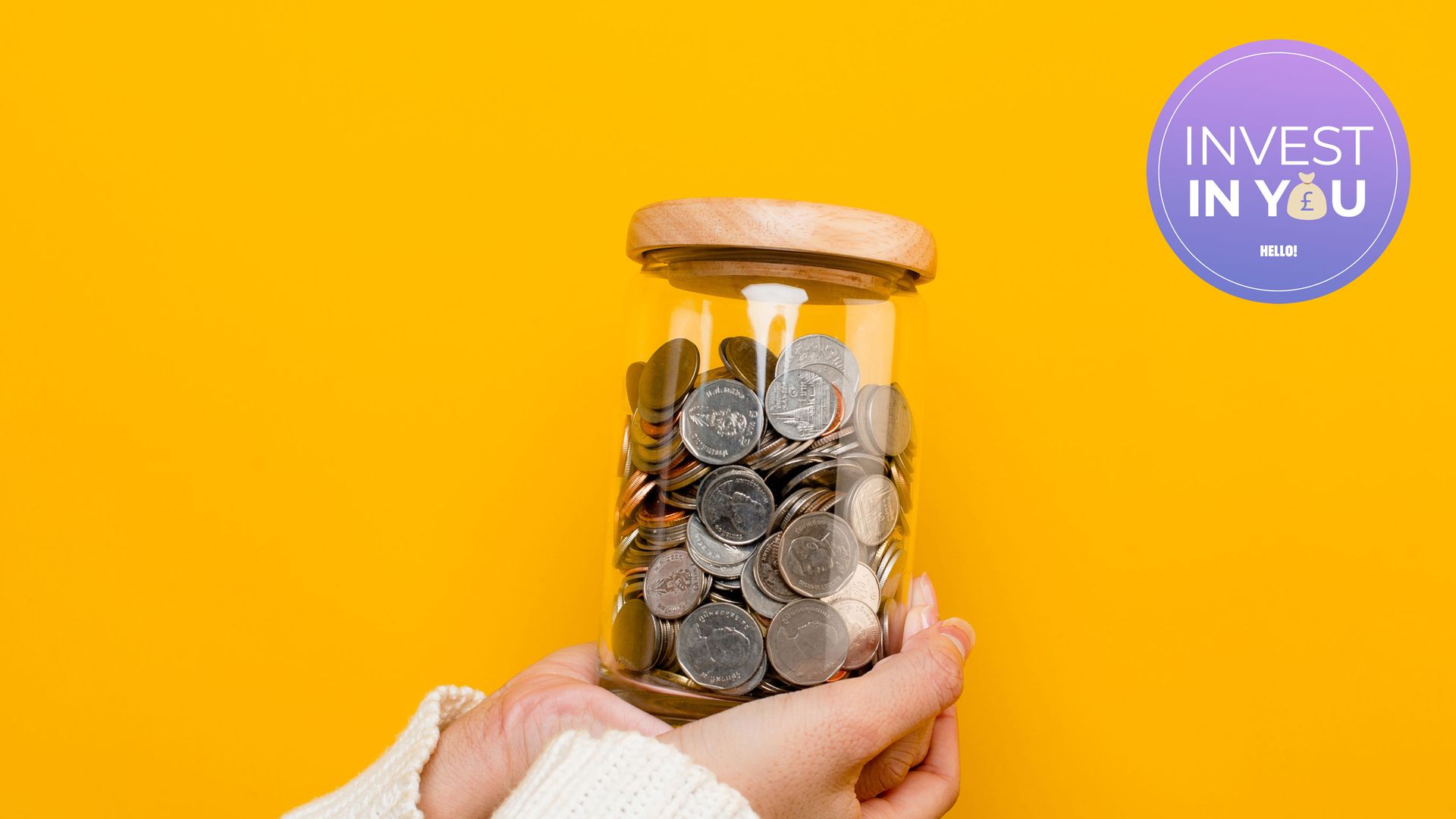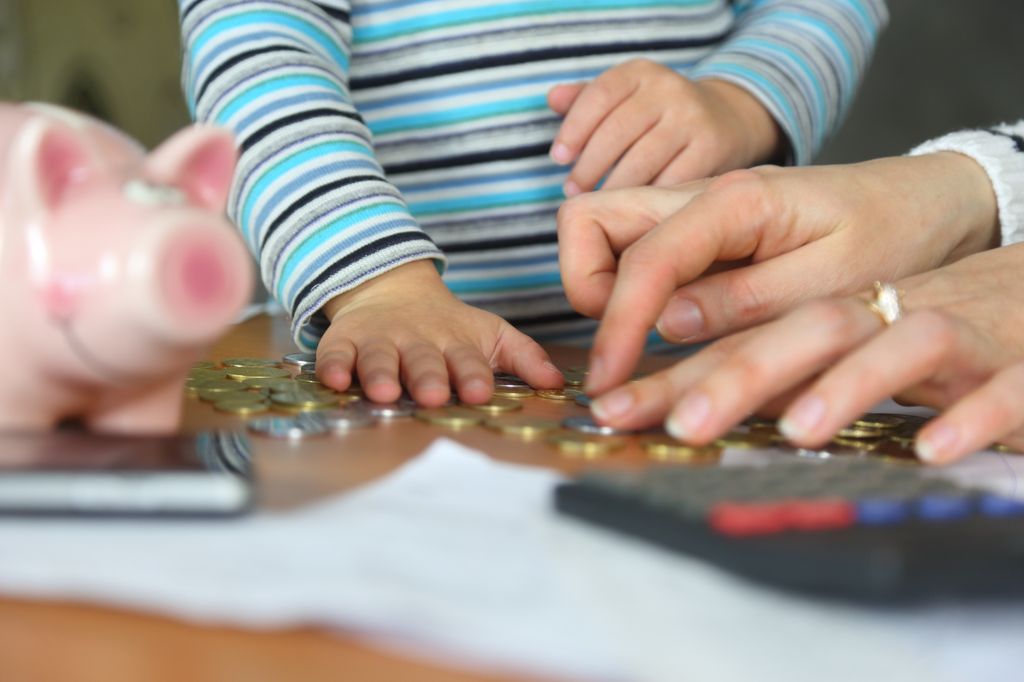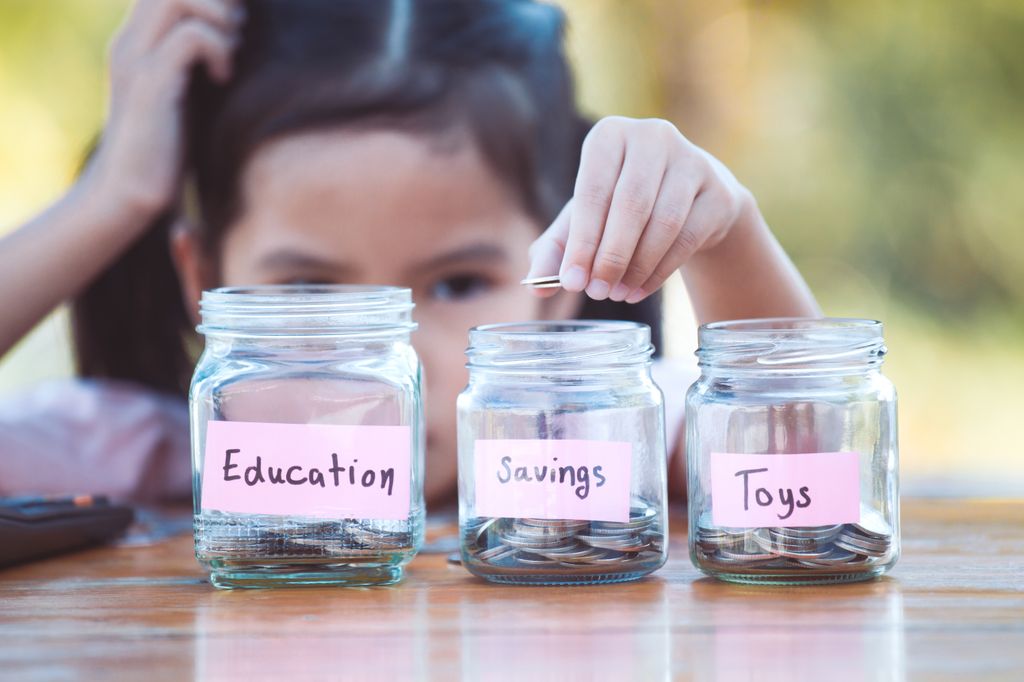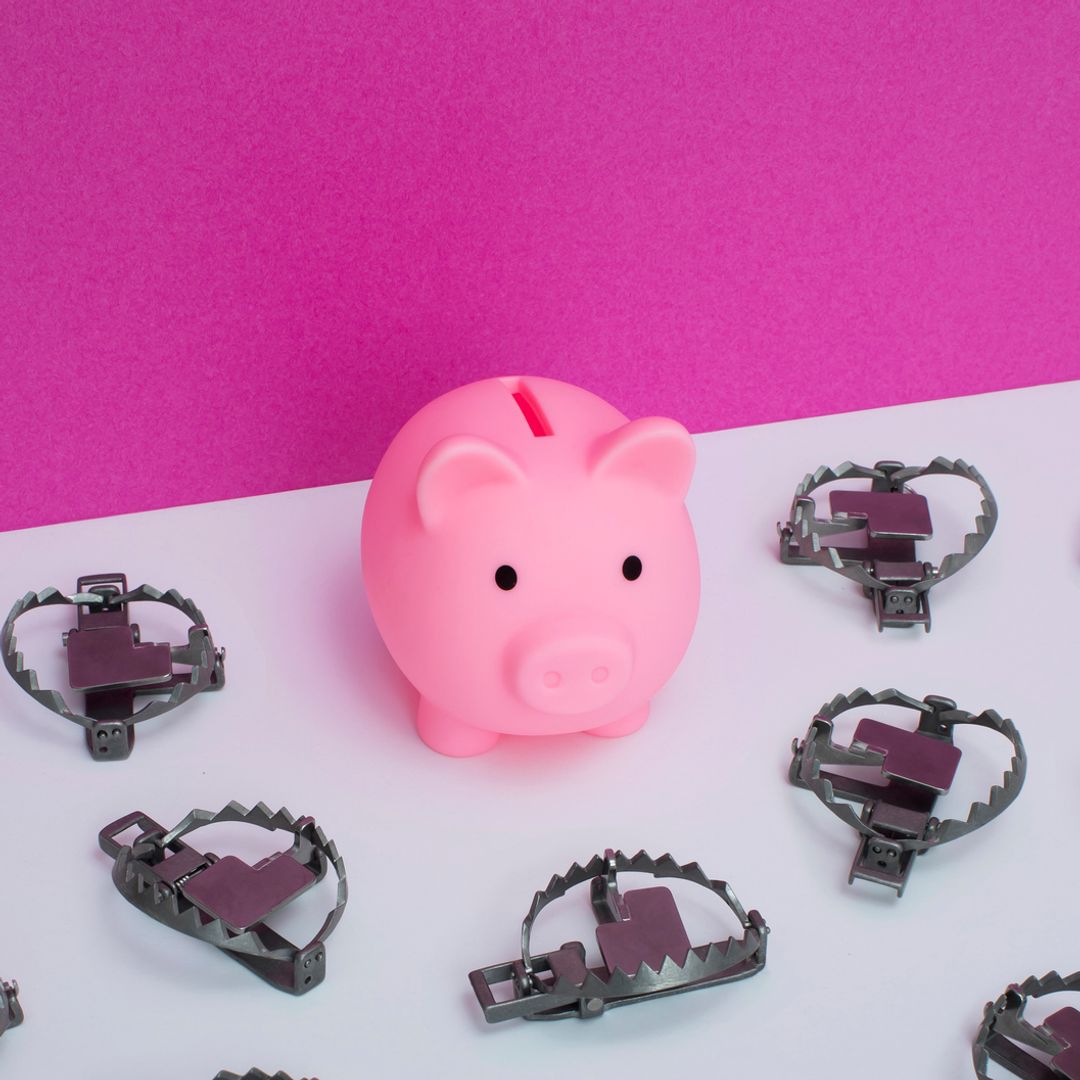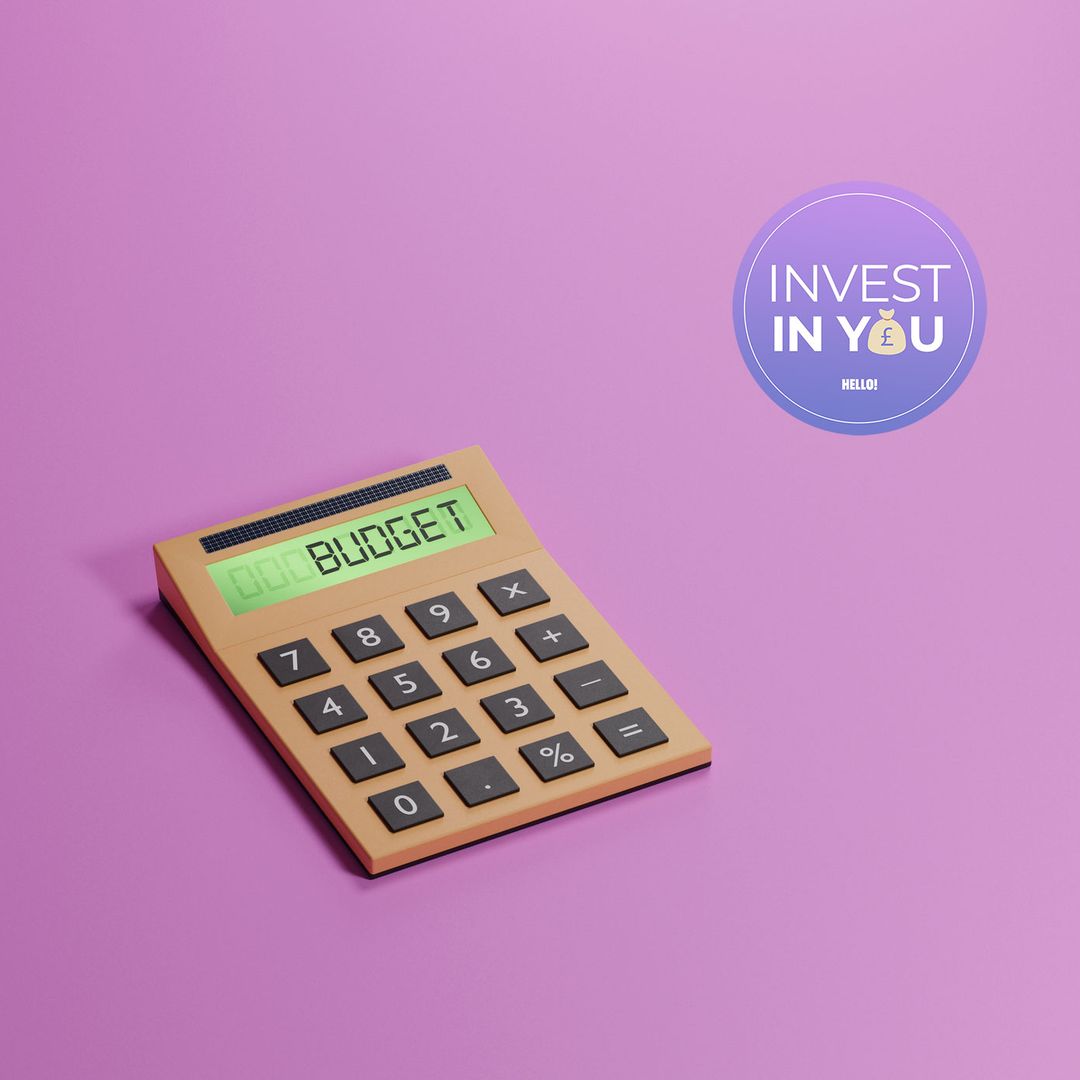When it comes to saving, children have one big advantage over adults: time. Thanks to compound interest, time really is money as the longer savings are in place, the bigger they will grow.
Setting up savings for your child will not only build up a nice nest egg for when they grow up, but it should also (hopefully) teach them the value of saving and help you coach them in effective money management.
Here are some of the ways you can turn your kids' childhood years into a savings opportunity, from Child Trust Funds to Junior ISAs.
Child Trust Funds are on the way out
Child Trust Funds were launched in 2005, applying to all children born on or after 1 September 2002 until 1 January 2011. Each child received a voucher worth £250 (or £500 for lower income families), which their parents could choose to put into a cash account or an investment Child Trust Fund (CTF). If the parents didn’t make a choice, the government automatically put it into a stakeholder CTF (which is a kind of investment CTF).The government then topped it up with another £250 at the age of seven, and friends and family could also pay into the account up to an annual limit (£9,000 in 2024).
From 1 January 2011, new CTFs were scrapped altogether – although children who already had one would keep it. There are currently over 5 million open Child Trust Fund accounts – and there’s a good chance they could do better elsewhere.
Junior ISAs are a sensible option
Junior Individual Savings Accounts are long-term, tax-free savings accounts for children. In the 2023 to 2024 tax year, the savings limit for Junior ISAs is £9,000. Money in the account belongs to the child, but they can’t withdraw it until they turn 18, apart from in exceptional circumstances.
From 2015, people have been able to transfer CTFs into Junior ISAs, and there are some strong reasons to do so. The two accounts have many of the same tax benefits; the annual limit is the same, the money is still locked away until the age of 18, and it will belong to the child at that stage.
Sarah Coles, Head of Personal Finance at Hargreaves Lansdown, explains: “If you've opted for a cash CTF, you can get a better rate in a JISA, and if you’re in an investment CTF, you only have a small number of investments to choose from, and you may be paying over the odds in charges.”
Consider Premium Bonds
Another popular option is to buy Premium Bonds for your child. Every month they’ll be entered into a prize draw with the chance to win up to £1 million, and because children tend to hold them for a long period, that’s an awful lot of chances to win. Be aware that you don’t earn any interest on these bonds though, so if you don’t win enough, you will be losing money after inflation.
"The longer you hold the bonds, the more their spending power will drop, so if children hold them for a decade or longer, it could make a profound difference,” Sarah says. The more you win, the more you’ll offset those losses, but there is only a minuscle chance of a big prize, and with average luck, you will still lose the spending power of your cash.
Bare trusts are straightforward
If you’ve already used your child’s JISA allowance for the year or you want the freedom to be able to withdraw cash for the child’s benefit before they’re 18, you can consider a bare trust.
"Trust funds sound complicated, but this type is really straightforward. Investment services usually automatically set up children’s investments as a trust, so you just need a couple of trustees and you’re good to go,” Sarah reveals.
The bare trust has no annual limits as to how much you can pay in, the money can be withdrawn at any time (as long as it’s used for the benefit of the child), and it’s treated as belonging to the child (which in most cases means there’s no tax to pay).
In all these cases, you don’t need to have a lump sum to get started. You can make small, regular payments, which will really add up over time.
Weighing up all the options
Hargreaves Lansdown did some research back in 2019 and found that the most popular approach parents take is to put the money into a savings account in the child’s name. Children’s accounts tend to offer more interest than the adult alternative.
DISCOVER: Winter is here - 8 electric heaters to keep you warm at home and save you money
Sarah has some words of warning, however. "You need to be careful about tax,” she says. “If the money comes from anyone other than their parents, it’s taxed as belonging to the child, so they’re highly unlikely to have to worry about tax. However, if you save or invest for your kids outside an ISA or pension, as soon as it earns interest of £100 or more in a year, it’s taxed as belonging to you. So once you’ve exceeded your personal savings allowance, you need to pay tax on it.”
